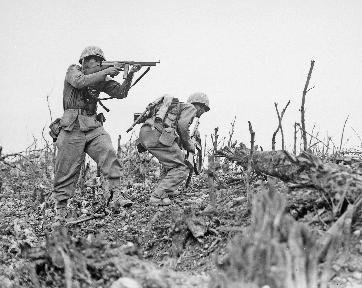Quiz Answer Key and Fun Facts
1. In 1940 after the fall of France, Germany launched an operation designed to insert spies and saboteurs into Britain from France and Norway, as the British were now the primary enemy. What did they dub this effort?
2. A daring raid was carried out on the 4th of March, 1941 as a combined force of British and Norwegian soldiers, sailors and engineers attacked the German-held Lofoten Islands and their production of fish oil. What was the name of this operation?
3. Known to the Allies as 'The Channel Dash', what was the name of the German operation that saw a Kriegsmarine squadron successfully run a British blockade in the English Channel starting in Brest, Brittany and getting safely to their bases in Germany?
4. In the fall of 1942, the British began a disinformation operation designed to convince the Germans that they were going to attack Greece and Sardinia (from Africa) in 1943 instead of the intended target, Sicily. What tasty code name was used for this operation?
5. A small raid on the German-held Channel Island of Sark occurred the night of October 3-4, 1942. A mere 10 men infiltrated the island with the intent to reconnoiter, and potentially take German captives. By what name was this operation known?
6. Germany had thrust close towards Moscow in late 1942, establishing a salient (a position in enemy territory vulnerable from three sides) at Rzhev. The Russians came up with a plan to have a multi-pronged attack from all sides of the salient. Which planet shared their name with this operation?
7. The Fourth Battle of Monte Cassino was launched in May of 1944 as part of the Italian Campaign with the intention of breaking the German 'Winter Line' and clearing the route to Rome. It was also meant to tie down German forces in Italy to prevent them from responding to the Normandy landings scheduled for June 6th. By what sparkling name was this operation called?
8. In late September of 1944, Allied forces attempted the largest Airborne operation to date, in combination with a ground force attack, designed primarily to secure bridges across the Maas, the Waal and the Lower Rhine with the intent of encircling Germany's industrial Ruhr region. What was the name of this operation, considered to be a failure with more than 17,000 Allied casualties?
9. As the war in Europe slowly drew closer to its end, an operation was launched with the intent of capturing key German cities and to secure a foothold along the Rhine. Under the command of General Omar Bradley, this operation was conducted by the U.S. First Army. What was it called?
10. The final airborne operation of World War II occurred in Italy in support of the final advance to push German forces out of the country (April, 1945). The Italian paratroopers' mission was to wreak havoc among the German lines and prevent a coordinated defence. What fishy name did this operation carry?
Source: Author
reedy
This quiz was reviewed by FunTrivia editor
bloomsby before going online.
Any errors found in FunTrivia content are routinely corrected through our feedback system.

